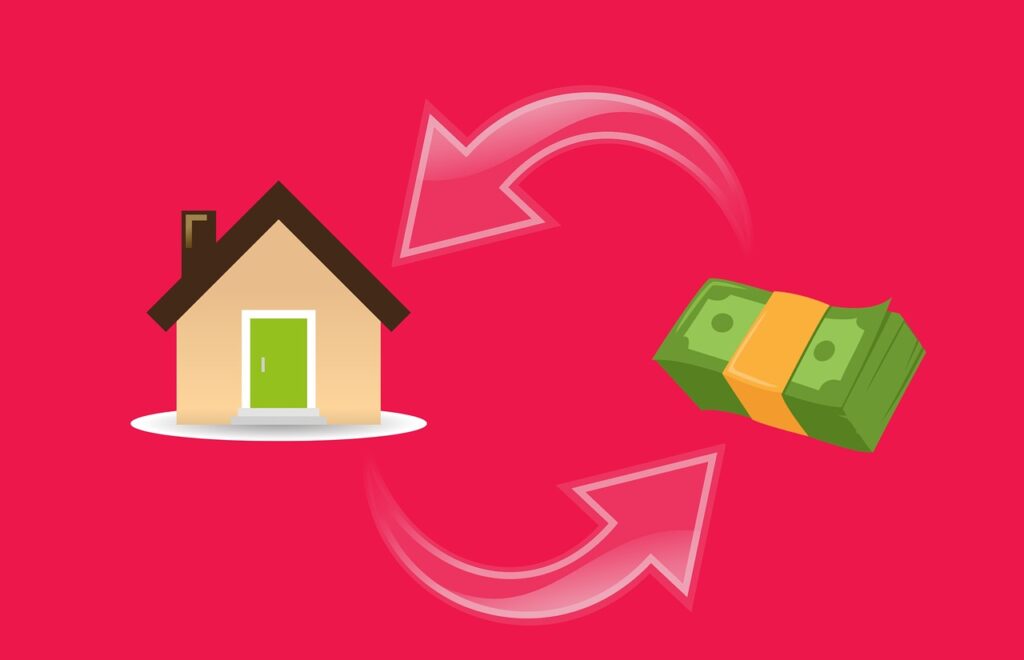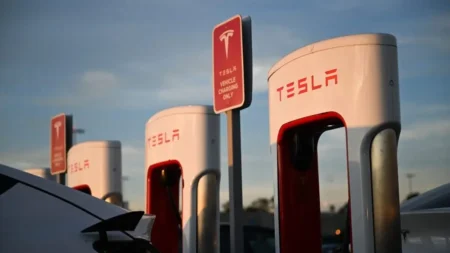Providing a self-owned fixed asset to a lender as a guarantee or collateral for a loan requested is referred to as a mortgage. For obtaining a loan against property, you can pledge your home or business property as collateral. Similarly, borrowers who apply for mortgage loans to buy a home or a piece of property for business purposes must use the bought asset as collateral for the loan. The most secure loan is based on a mortgage, and lenders provide lower interest rates on these loans since the risk of default is comparatively lower than with unsecured loans.
Different Types of Mortgage Loans Available in India:-
-
Mortgage loan against property:
Both commercial and residential properties may qualify for this type of financing, commonly known as a LAP (loan against property). You must own a property that you may mortgage or use as surety to be eligible for a mortgage loan. Your original property documents must be sent to the lender, who will keep them until the whole amount, including interest, has been paid.
-
Commercial Purchase:
Entrepreneurs and businesspeople frequently use commercial purchase loans. They can apply for these mortgage loans to buy commercial real estate, including stores, offices, and business complexes. Such purchases can be made with this mortgage. The property should be purchased using the money from this loan.
-
Housing Loan:
A home loan is the most popular type of loan in India. Because the interest rates are cheap, the repayment terms are manageable, and one is eligible for a tax deduction, consumers apply for small, medium, and really large house loans. The opportunity to rebuild, remodel, and restore the borrower’s home is provided. One can apply for a mortgage loan to acquire land for a house, build a house on that land, or even buy a property that is still being built. This might be carried out for both new and used homes. However, the borrower must spend the money they receive as a loan solely for the house. This money cannot be utilised for any other personal or professional purposes.
-
Lease Rental Discounting:
It is very common to lease applicants’ own house or business property. The leased properties may also serve as mortgage loan collateral. This method is called “lease rental discounting.” The loan amount is determined by converting the monthly rent payment into an EMI. The loan term and amount are based on how long the property will be rented. Financial institutions and NBFCs issuing loans will refer to the leasing agreement.
-
Second Mortgage Loan:
Mortgage loans are available from financial institutions and NBFCs for already financed assets. If a borrower takes out a loan today to buy a piece of property, they may later use that same item as collateral for another loan. It is frequently referred to as a top-up loan on a house loan when a borrower applies for a mortgage loan. The lender will provide a second necessary loan based on the borrower’s credit score and loan payback history. Along with the initial mortgage loan, the borrower must begin making mortgage payments through an EMI.
Conclusion
Getting a mortgage requires a long-term commitment because you will have to make EMI payments for a number of years, possibly up to 25 or 30. You should thoroughly research the mortgage loan eligibility, interest rates on the mortgage loan and other options available based on your financial status before deciding to apply for a mortgage loan.







